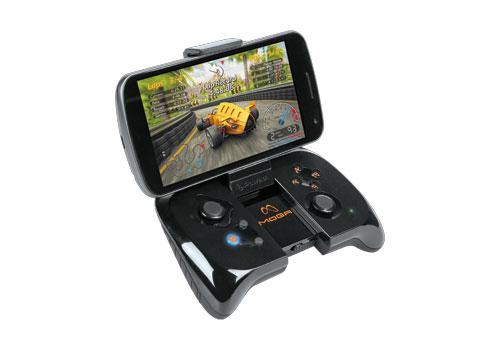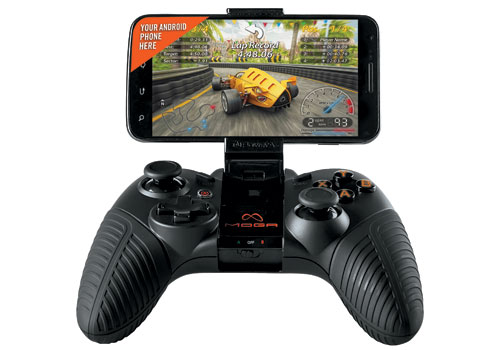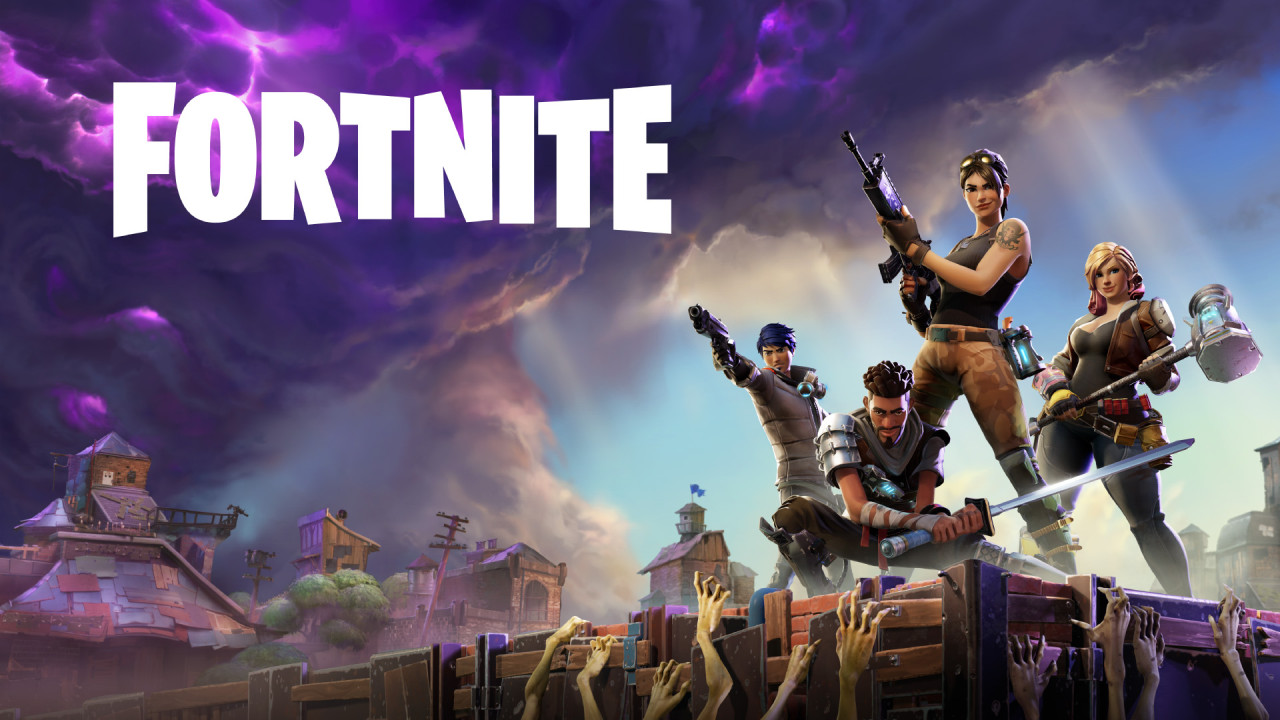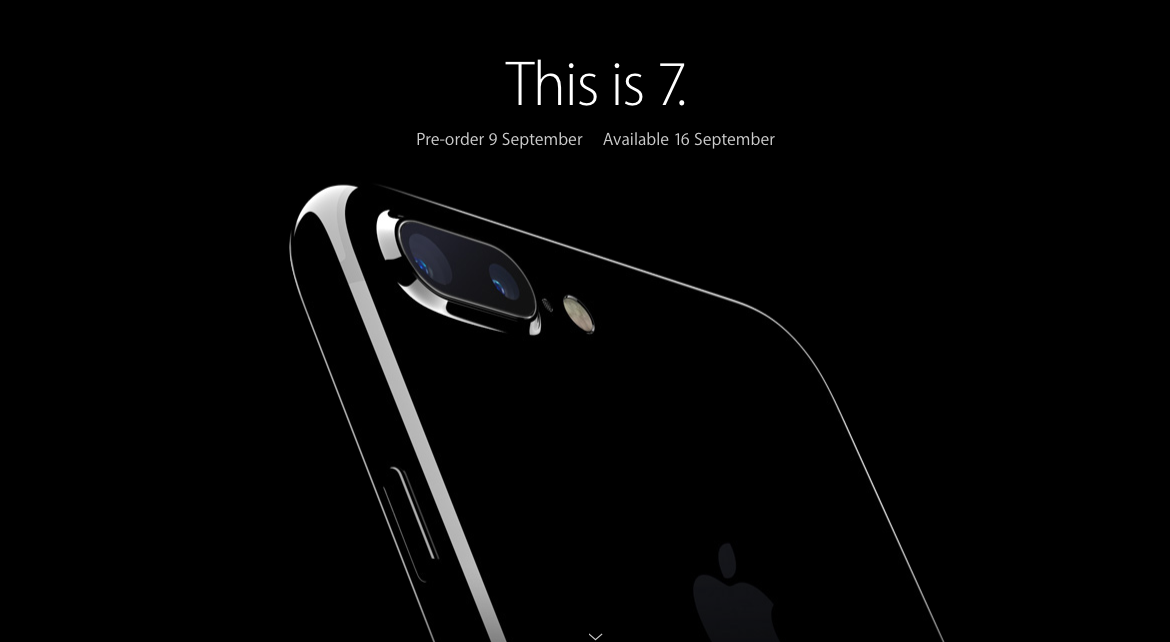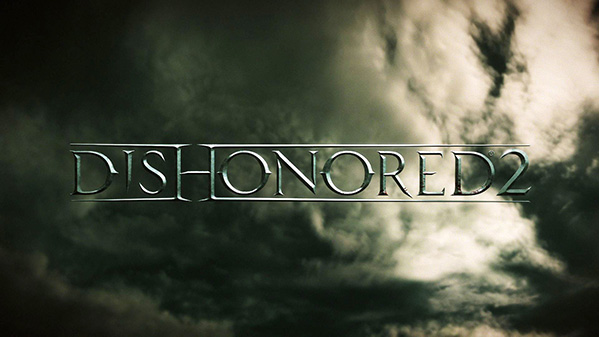UPDATE 30/07/2013: We’ve received an official statement from Mike about MOGA’s stance on developing for other mobile operating systems. While he’s “thrilled and excited to hear about Apple’s announcement for 3rd party controller support in the upcoming iOS7”, the MOGA controllers will not be updated to support Apple iOS in the future. The article has been modified to reflect this statement.
If you were at PAX last weekend, chances are you may have visited the MOGA booth and had a look at their wares. Rocket Chainsaw had the opportunity to chat to MOGA’s Game Content Test Lead Mike Sindona and give the devices a spin. We were impressed with what we saw.
The idea behind MOGA is to improve the quality of mobile gaming and this has materialised into a pair of controllers manufactured by PowerA. Android phones up to 3.2 inches in size and running version 2.3 firmware snap securely into the top of the controller. The two are synchronised via Bluetooth connectivity and the help of MOGA’s Pivot app. One of these controllers is the Pocket Controller, a small, rectangular thing, with the control sticks and buttons on a concave surface. It’s sleek and due to its size, very portable. The other controller is the Pro Controller, which is a fully-featured beast much more in line to a traditional Xbox 360 controller. As such, the Pro controller offers more detailed in-game control scheme options, with clickable analog sticks, shoulder buttons and triggers and a D-pad.
We played Sonic the Hedgehog with the Pro controller and, just as promised, it felt natural and comfortable. It was pleasantly surprising to play mobile games with a device that feels so complete and in-line to a traditional video game controller, as mobile peripherals typically conjure up images of cheap and flimsy plastic. The Pro controller doesn’t seem to have the same weight to it as a regular Xbox 360 controller, but with this in mind we were playing on a mounted surface, which probably took a lot of pressure off our wrists. Once you add the weight of a larger Android device, it’s likely that there will be a significant heft to it.
Games take a little bit of work to be compatible with MOGA, from anywhere between a couple of days to a couple of weeks. However, Mike told us that more and more developers and publishers are seeing the benefits of putting in that little bit of extra time, not least of all because of the improved experience for players. For games available on MOGA’s website, gone are the days of shoddy, on-screen gamepads, which cause thumbs to obscure the screen and are often poorly implemented. MOGA’s game library is nothing to scoff at either, with blockbuster titles such as Grand Theft Auto III and Max Payne available alongside homegrown mobile titles such as Shadowgun and Ravensword. The range of titles MOGA’s game store, also accessible via the Pivot app, showcases just how flexible developing or adapting an existing mobile games can be for the peripheral.
As we mentioned, MOGA is currently only available for Android; understandable, given the operating system’s huge market share. In any case, MOGA’s controllers look poised to revolutionise mobile gaming, as reviews from overseas seem to indicate. For us Aussies, we’ll get to have a taste for ourselves when the controllers launch this August at EB Games.

